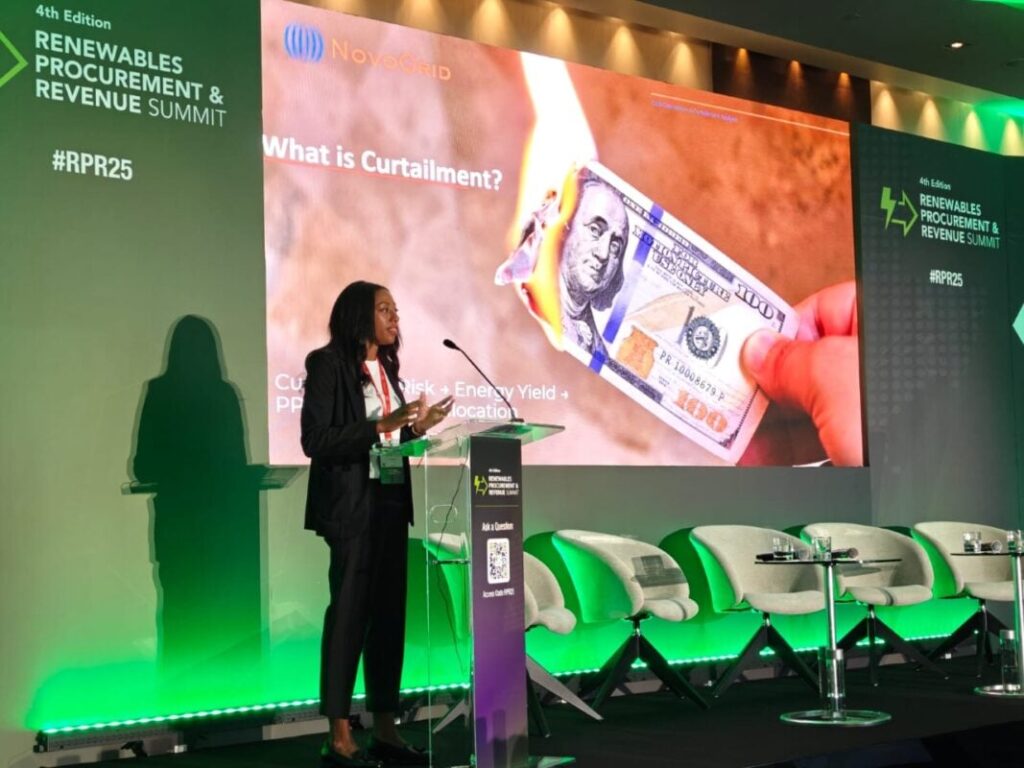Despite the fact that it is a crucial determining factor for income, the risk of limitation is often misunderstood or underestimated.
During a panel on Solar Media’s Renewables Procurement & Revenue Summit, held this week in London, Shamika Lynch, account manager at Grid Consultancy Novogrid, described in restriction as a fatal for renewable energy projects. She emphasized how very few developers carefully take this into account, the session was aimed at the urgent need for better prediction and contractual clarity.
“Discount can be your energy yield – your income – eating on the sunniest day of the year. And if you have not taken it into account in your PPA (Power Purchase Agreement), take the hit,” she said. “For everyone who buys, sells or finances assets, if you do not get your estimates of limiting, you burn money – and that is not just a metaphor.”
Briefing, in this context, refers to when the distribution network operator (DNO) instructs a site to switch off to prevent the grid, not to be confused with voluntary economic rejections.
“You can have the sunniest day of the year, but if the network operator tells you to reject your sun site, and you have not done that in your power Agreement (PPA), you take the hit,” Lynch explained. “And if you are wrong, every prediction that follows is wrong.”
Inflatio is increasingly common as the use of renewable energy before the upgrades of the grid infrastructure. In the UK, the waiting position position determines who is first limited. The most recently connected generators are first limited – so ‘Last in, First Out’ is a precious disadvantage. “The next ten years will see more of the same,” Lynch said, warning that the reform plans of the grid could push some developers further into the queue or they can completely cast them out.
Why are limitation projections so often inaccurate? Because traditional models depend on historical data and wide assumptions, where the nuanced and dynamic behavior of the schedule is missed. “It’s like moving one image in a Word document and everything falls apart,” she joked. Adding even one new generator to the system can shift in unpredictable ways.
Lynch emphasized that accurate prognoses of conversion is possible and vital. The use of power analysis to model the expected restriction during the lifetime of an active, including during malfunctions and under future demand conditions, generators, investors and off-takers with concrete, location-specific predictions can offer to better inform PPA prices and risk allocation.
“Insight into limitation is not only technical due diligence-it is business-critical,” concluded Lynch.

